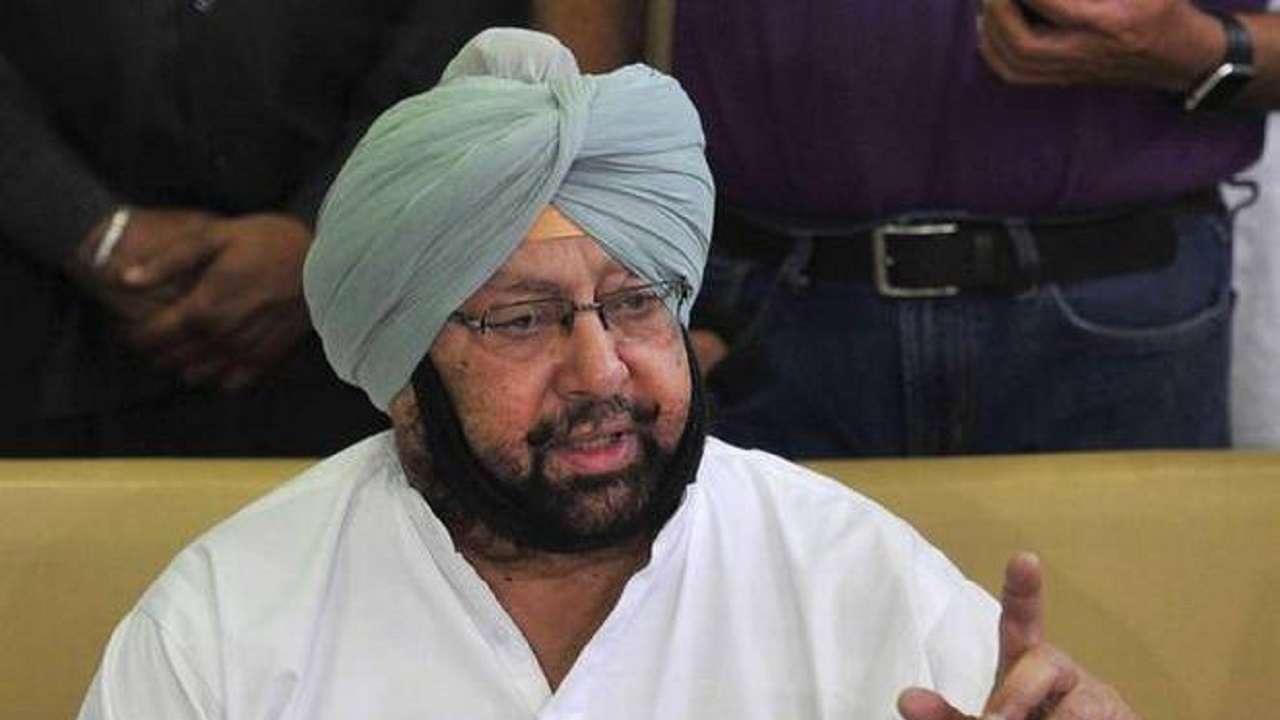The uneasy truce between Punjab Chief Minister Amarinder Singh and newly appointed state Congress president, Navjot Singh Sidhu, may not last too long provided both sides make conscious efforts not to undermine each other. After expressing his resentment over the former cricketer’s nomination through tweets put out by his supporters, the Captain made a tactical retreat, and decided to attend Sidhu’s installation ceremony in Chandigarh to make it known that he was still very much relevant so far as Punjab politics goes.
The Captain is a war historian of immense repute and shortly after taking over as the CM for the second time in 2017, released his book on the epic battle of Saragarhi, fought in 1897, between 21 Sikh soldiers representing the British Army and thousands of Orakzai and Afridi tribesmen, who had close to the Afghan border cut off the link of the post with Fort Lockhart and Fort Gulistan. The valiant Sikhs fought till the last man standing, before being overrun by the aggressors, and their sacrifice continues to inspire the Sikh regiment till this day.
Amarinder has never missed any opportunity to drive home the point that he was first and foremost a solider and then a politician. On Friday, during Sidhu’s installation ceremony, he made a comment laced with sarcasm that when the former cricketer was born, he was serving on the India-China border. The Captain was later the ADC to the legendary Sikh commander, Lt General Harbaksh Singh, when the build-up to the Indo-Pakistan conflict of 1965 was at its peak. He witnessed the entire war from the closest possible quarters.
His attendance at the Punjab Bhawan was strategic and also an attempt to silence those who had written him off. After the media gave an impression that 62 out of 77 Congress MLAs had, a couple of days earlier, in Amritsar, attended a breakfast meeting with Sidhu, the inference was crystal clear that only 15 odd legislators supported the Captain.
This was a “Saragarhi Moment”, which had created the perception that he had been outnumbered and his future was in the hands of his detractors. Unwilling to give up, the CM decided to counter this belief—by a calculated retreat—so as to bide time, before he could once again reassert himself. In the process, he certainly is not fearful of being vanquished but shall not accept defeat till he has exhausted all political avenues. Whether this would happen in the future—with all odds stacked against him—only time will tell.
For the present, Sidhu is the rising star of Punjab politics and the best bet for the Congress to retain power in 2022. He would have to tread forward most cautiously and prudently since he may have to either win over the Captain—which is unlikely—or ensure that he was way ahead of all his adversaries, both within and outside the party.
Sidhu’s success in Punjab would also be a test case for the Gandhi siblings, who have reposed their out-and-out faith in the former opening batsman, hoping that he would play on the front-foot to ward off any challenge. This might not be simple as the support of the MLAs extended to him should not be taken for granted, and thereby, viewed as a matter which was obvious in the run-up to the elections.
Every sitting MLA desires the party nomination and the message emanating from the Captain’s camp was that at least 30 would be replaced, was amongst the potent reasons for the virtual revolt against the CM. There were other contributory factors, such as his alleged proximity to the Badals, that had prevented him from taking action against them in the sacrilege matter or the massive narcotics implosion. This, of course, could not have been executed unless there was legal sanction to the prosecution.
If Sidhu is the “X” factor of the state, the Captain has only himself and his coterie to blame. For four and a half years, he remained inaccessible to the political class, allowing the bureaucracy to have a field day. The political spoils were not shared with party men but with ex-servicemen and retired babus. The Congress high command appeared helpless, despite knowing the reality, and finally, after running out of patience, decided to anoint Sidhu.
The message was clear-cut for the Captain too and other senior leaders in the states, that the time for generation next to take over had arrived. Political analysts have been speculating whether the developments in Punjab would be replicated in Rajasthan? This is rather unlikely since Sachin Pilot, the principal challenger to Chief Minister Ashok Gehlot, was involved in an unsuccessful political coup. This is not the case in Punjab, where Sidhu’s emergence has been prompted by the high command, instead of any other political party.
The Congress now has to promptly identify issues that were sidelined in the past, inadvertently or consciously. The party has to devise a method to establish its proximity with the agitating farmers in order to solicit their support for the polls. Sidhu has to fill in the void created by the anti-incumbency factor against the Congress government in the state.
The relations between the Captain and the party chief would be under close scrutiny. Amarinder, is a battle-scarred veteran, while Sidhu has yet to establish himself as the primary leader of Punjab. He has to learn to carry everyone with him and be invigorated from the Captain’s first and not the second innings as the CM. Between us.
Amarinder’s Saragarhi moment
- Advertisement -

